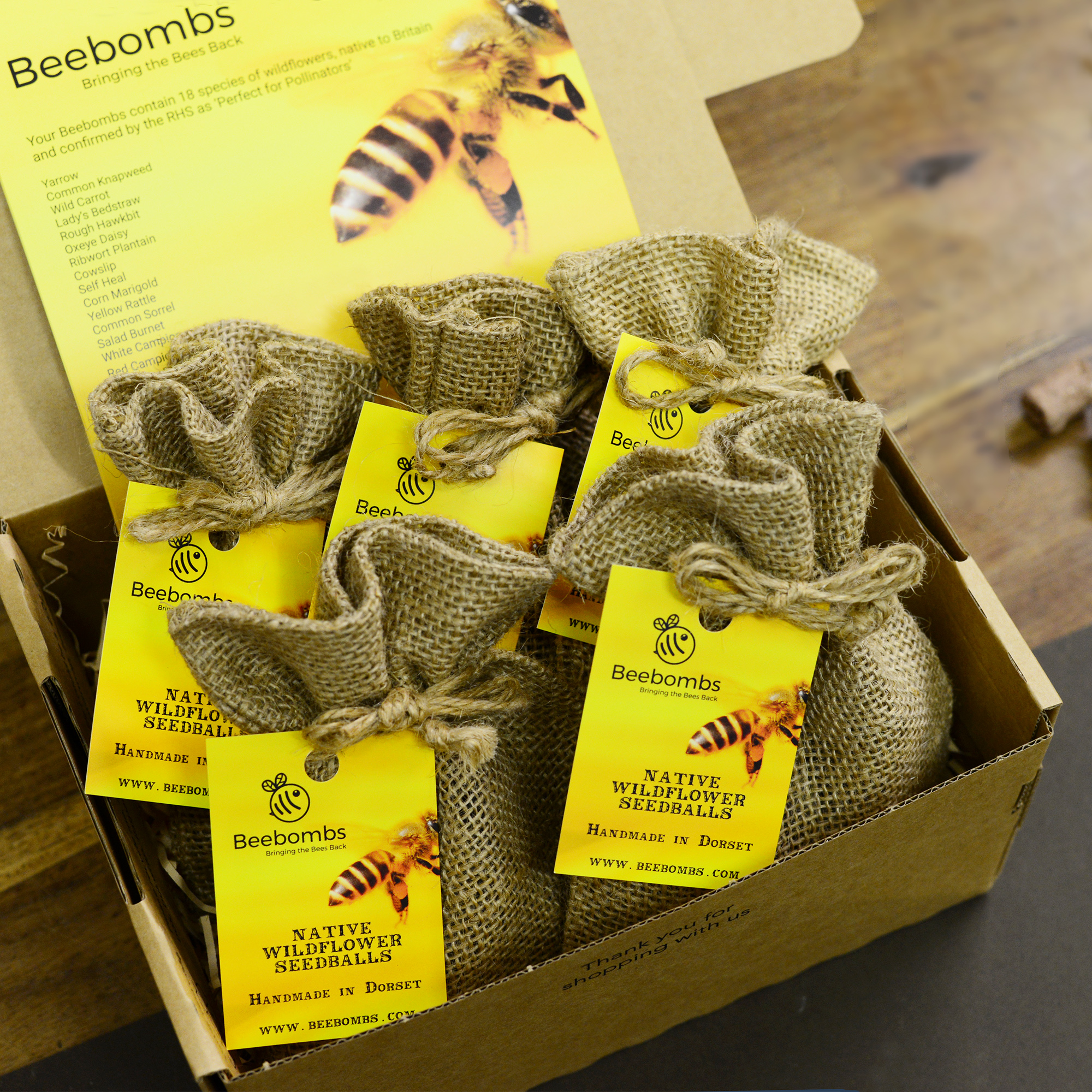Brimstone Butterfly
Butterflies are as important as pollinators as bees and have traditionally provided a flutter of beauty to British gardens in the summer. With a remarkable life cycle and seemingly infinite variations, these evocative insects need our protection and our help.
The Beebomb Bee-log looks takes a detailed look at the Brimstone Butterfly with details on how to spot them, where you'll spot them and a few enlightening facts on this vital part of Britsh Bio-Diversity.
Common Name: Brimstone
Latin Name: Gonepteryx rhamni
Information: Thought by many to have provided the origin for the word 'Butterfly' Coming from the males yellow tinge - hence - 'butter coloured fly'. The Brimstone is a mainstay of British wetlands and woodlands. Its perfectly formed wings provide cover in the undergrowth and it can be found throughout England and Wales but rarely in Scotland.
One of the few species of British Butterflies that hibernate, it can be seen for most of the year as an adult butterfly. Hibernating on Ivy, Holly and Bramble.
Description: The Brimstone is perfectly built for it's habitat, with it's leaf shaped wings providing great camouflage amongst the foliage. The male has pale yellow wings whilst the female is a more whitish green. It is a medium to large species with a wing span of around 60mm.
Concern Level: Low
Distribution: England and Wales, woodlands, wetlands and waste ground.





